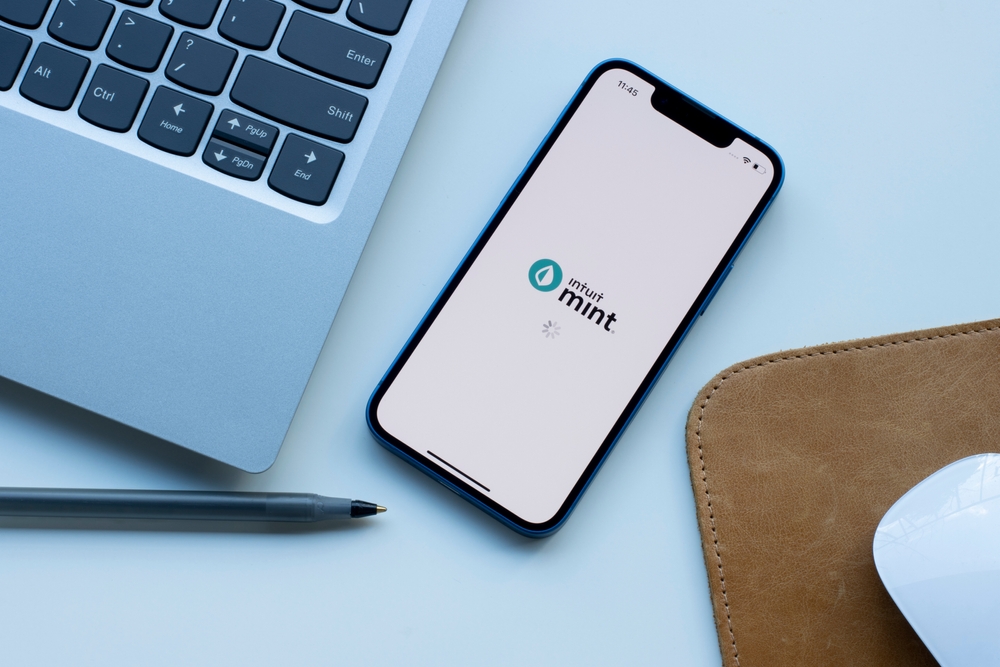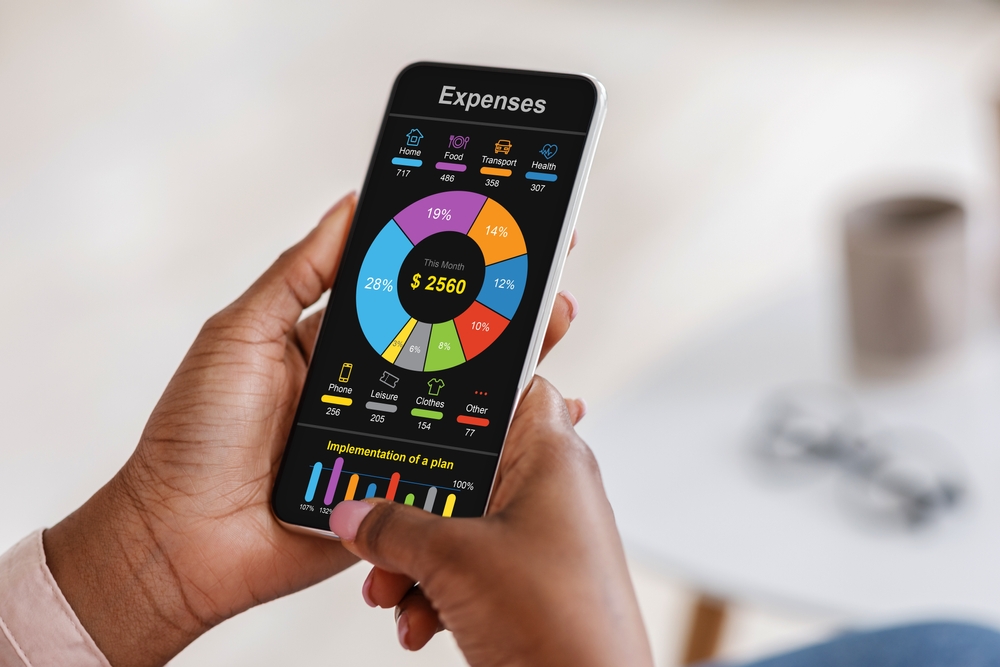While coins and paper notes are the norm, people throughout history have tried to exchange goods with some truly bizarre items. From stones to sea creatures, the concept of currency has stretched far beyond what jingles in your pocket. The creativity behind these alternative currencies is as fascinating as it is amusing. So, let’s dive into the quirky world of unusual currencies that people have used to trade for goods and services.
1. Rai Stones: The Gigantic Doughnuts Of Money
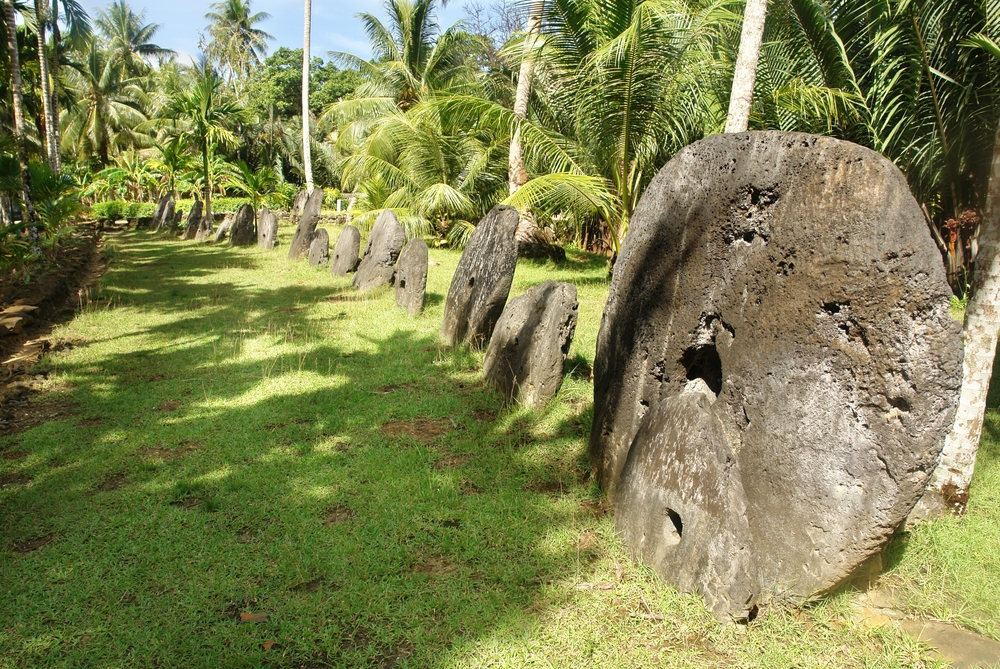
Imagine trying to fit a massive stone doughnut in your wallet. On the Micronesian island of Yap, that’s not far from reality. Rai stones, some as large as 12 feet in diameter, served as a form of currency. These limestone disks were valuable not for their practicality but for their history and the effort it took to transport them. According to Dr. Scott Fitzpatrick, an expert in archaeology, the value was tied to the story behind the stone, its origin, and the perils of its journey.
Despite their size, these stones didn’t change hands physically. The ownership was more like a ledger, where everyone in the community knew who owned which stone. This meant that transactions were based on oral agreements rather than physical exchanges. The stones themselves were often merely symbolic, standing as a testament to the owner’s prestige and wealth. It’s like a community-wide understanding of wealth without anyone having to carry a giant rock around.
2. Shells: Nature’s Wallet
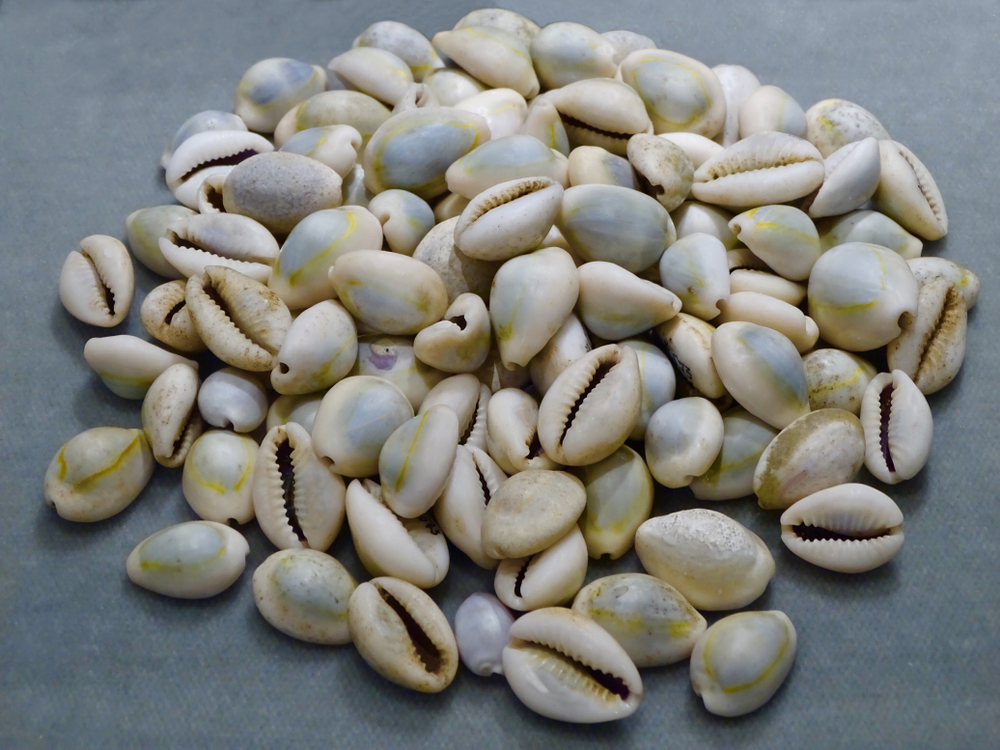
Before coins clinked in pockets, shells jingled in pouches. Known as cowrie shells, these little marine gems were one of the world’s first currencies, used across Africa, Asia, and the Indian Ocean. Their glossy surface and abundance made them an appealing choice. People prized them not only for their beauty but also for their uniformity and durability. This form of currency was easy to transport and store—a primitive convenience in trade.
Cowrie shells became so popular that their use spread far beyond their native regions. Traders found them in high demand in markets spanning continents. However, with popularity came devaluation, as an overabundance of cowries led to inflation. Despite this, they maintained their status as a symbol of wealth and power for centuries. Through time, these shells evolved from a currency into a cultural icon.
3. Cocoa Beans: Chocolate’s Unexpected Role In The Economy
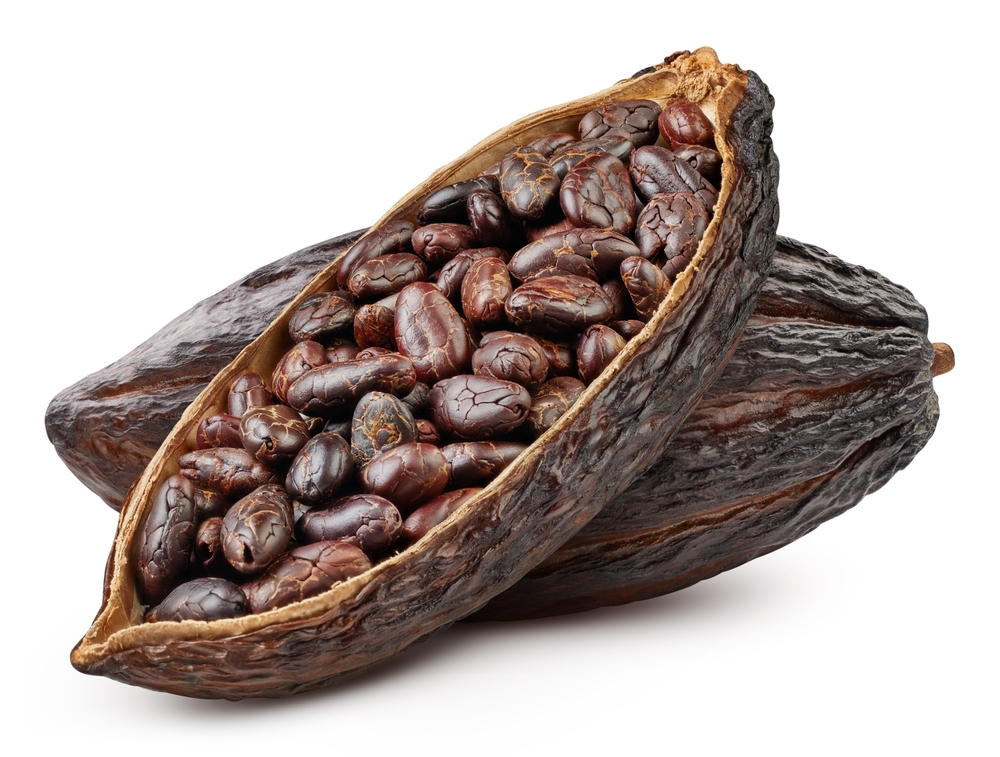
Long before chocolate bars tempted taste buds, cocoa beans fueled economies in Mesoamerica. The Aztecs and Mayans used these beans as a primary form of currency. Each bean held a specific value, with prices fixed for goods like avocados, turkeys, and even the services of a courtesan. According to a study by Dr. Michael Coe, a prominent Mesoamerican historian, cocoa beans were not just currency but also a staple of the diet, blurring the lines between sustenance and spending.
Despite their utilitarian role, cocoa beans were also a luxury item. They were consumed by the elite, who valued them for their rarity and taste. This dual purpose increased their desirability, further solidifying their place in the economy. However, like any currency, they were subject to counterfeiting, with traders reportedly trying to fake beans with clay. The beans’ fragility and perishability presented unique challenges, but their versatility kept them in circulation for centuries.
4. Cigarettes: The Smoke-Filled Economy

When traditional currency failed, cigarettes often came to the rescue. During World War II and in prison camps, these tobacco sticks became the de facto currency. Their universal appeal and addictive nature made them a valuable trade item. Soldiers and prisoners used them to barter for everything from food to favors, creating a smoke-filled economy based on puff power.
Cigarettes represented a tangible and immediately desirable form of trade. Their easy divisibility made them perfect for small transactions, while their constant demand ensured they held value. Even in modern times, prisons worldwide still see cigarettes as a form of currency among inmates. The phenomenon speaks to the adaptability of human economies and the lengths to which people will go to establish a trade system in the absence of money. In these settings, a cigarette was worth more than its weight in gold.
5. Livestock: Moo-ney In The Bank
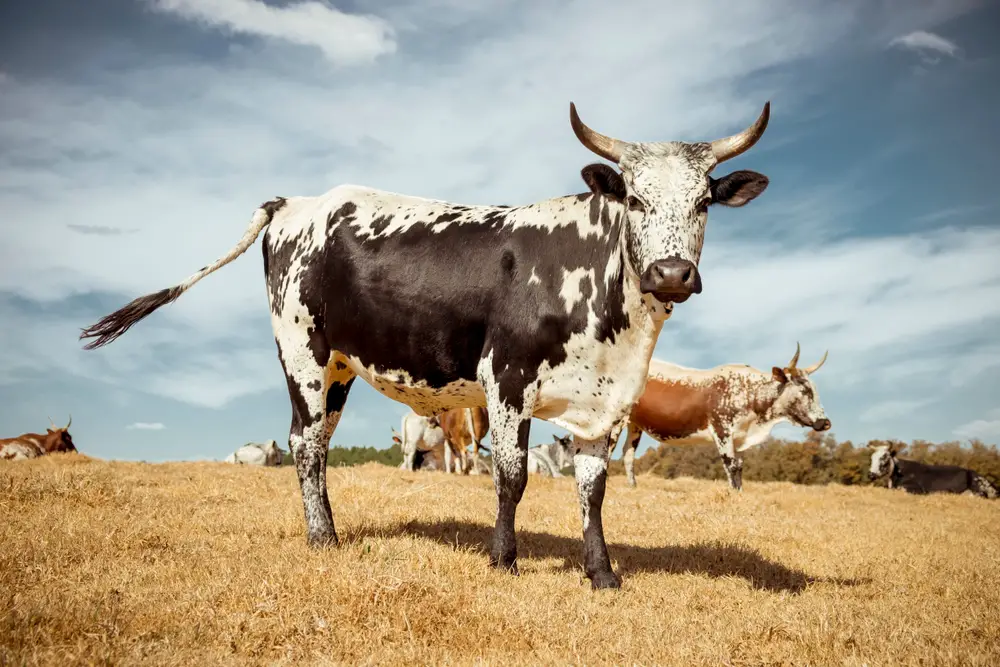
Before the advent of fiat money, livestock often served as a measure of wealth. In many cultures, owning cattle or sheep was synonymous with prosperity and status. According to anthropologist Dr. Melinda Zeder, livestock trading is one of the oldest forms of economic exchange, dating back thousands of years. These animals weren’t just currency; they were assets that provided milk, meat, and labor, forming the backbone of early agrarian economies.
Livestock trading was complex, with value determined by the animal’s age, health, and utility. Bartering livestock required skill and knowledge, as each deal hinged on a mutual understanding of the animals’ worth. These transactions were as much about negotiation as they were about exchange, reflecting social ties and alliances. In modern times, livestock still holds symbolic value, though its role as currency has diminished with the rise of standardized money. Yet, the legacy of this ancient economic system endures in cultures where livestock remains a status symbol.
6. Bottlecaps: The Crown Jewel Of Alternate Currency
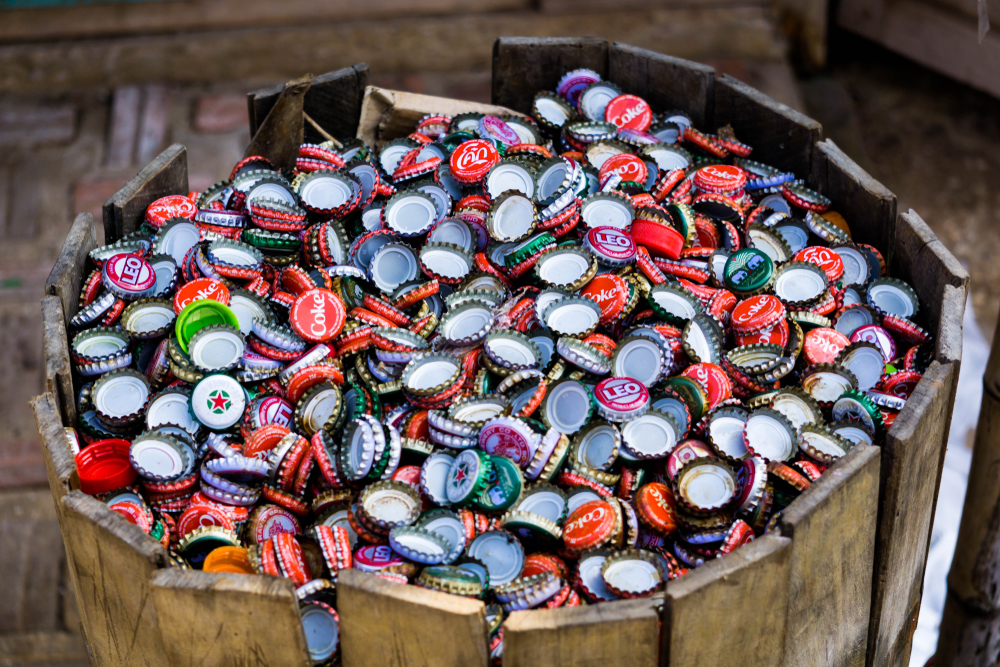
In some parts of the world, bottlecaps are more than just litter; they’re a vibrant currency. During the mid-20th century in Cameroon, bottle caps became an unexpected means of trade. This form of currency was popularized due to its accessibility and the global presence of bottled beverages. Traders exchanged caps for goods, treating them as a legitimate form of money. This quirky economic system turned bottle caps into the crown jewels of the local markets.
The appeal of bottlecaps lay in their variety and omnipresence. Each cap had its own value depending on rarity and brand, creating a diverse currency system akin to coin collecting. This makeshift money was a testament to human ingenuity, finding value in the overlooked. However, like many alternative currencies, inflation was a constant threat as bottle caps flooded the market. Despite this, their legacy as a creative currency remains a charming chapter in the history of trade.
7. Salt: The Ancient Spice Of Life And Economy
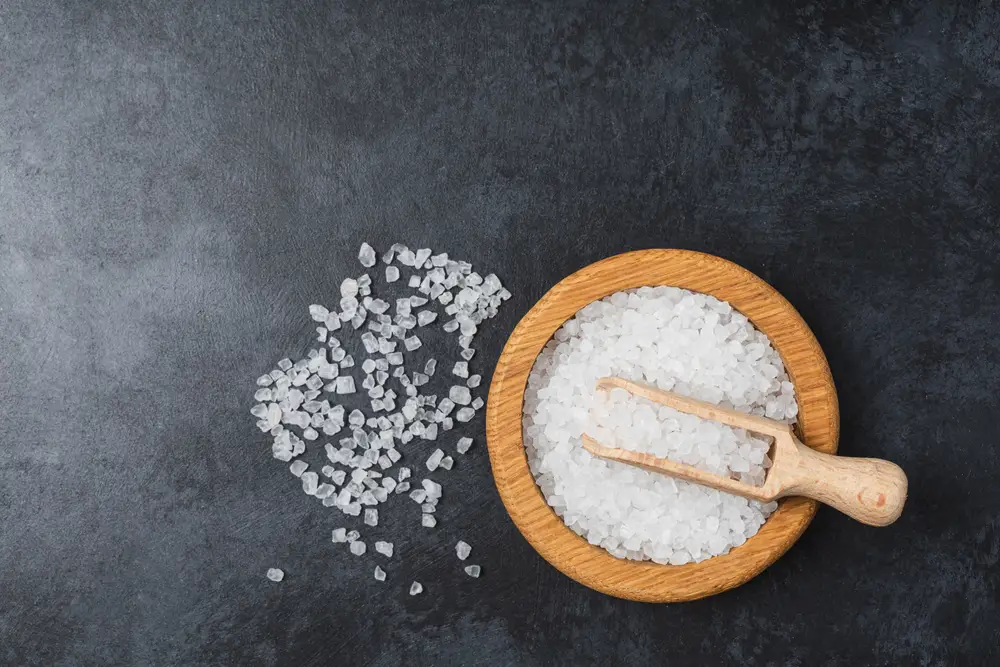
Before the days of Venmo and credit cards, salt was a hot commodity in trade. Known as “white gold,” this mineral was a crucial part of economies in ancient times. It preserved food, seasoned meals, and was even used in religious ceremonies. According to historical economist Dr. David Kaplan, salt’s role as currency was due to its necessity in everyday life and its difficulty to procure in some regions. This made it a valued trade good, influencing economies across continents.
Salt’s importance in trade was monumental—the term “salary” even derives from the word “salt,” reflecting its integral role. Traders traveled vast distances to procure and exchange this precious mineral, linking regions and cultures. Salt’s scarcity in certain areas only heightened its value, driving expansive trade networks. However, with modern refrigeration and production methods, salt’s monetary worth has faded, leaving only its legacy in our linguistic and economic history. Despite this, its impact on trade and economics is undeniable.
8. Knives: Blades With Purchasing Power
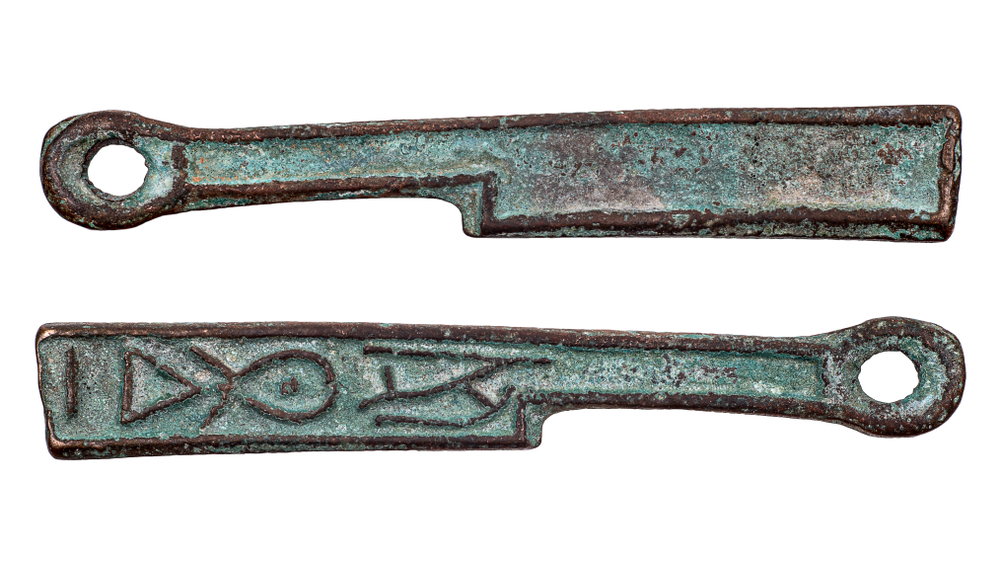
In some cultures, knives have been more than just tools; they’ve been a form of currency. In the remote mountainous regions of China, knives once served as a means of trade. These blade currencies, known as knife money, were symbolic, with their value tied to both their material and craftsmanship. The knives were often engraved with intricate designs, adding to their value and appeal. This dual-purpose currency served as both a practical tool and an economic medium.
Knife money was a reflection of the society that used it, emphasizing the importance of utility and artistry. The transaction of knives went beyond simple exchange; it was a cultural exchange, with each trade reflecting the skills and artistry of its creators. Over time, these knife currencies faded as metallurgy and coinage evolved. However, their legacy remains in archaeological finds and museum collections, where they tell stories of ancient trade networks and cultural exchanges. Today, they stand as fascinating artifacts of a bygone economy.
9. Tea Bricks: The Brewable Banknotes
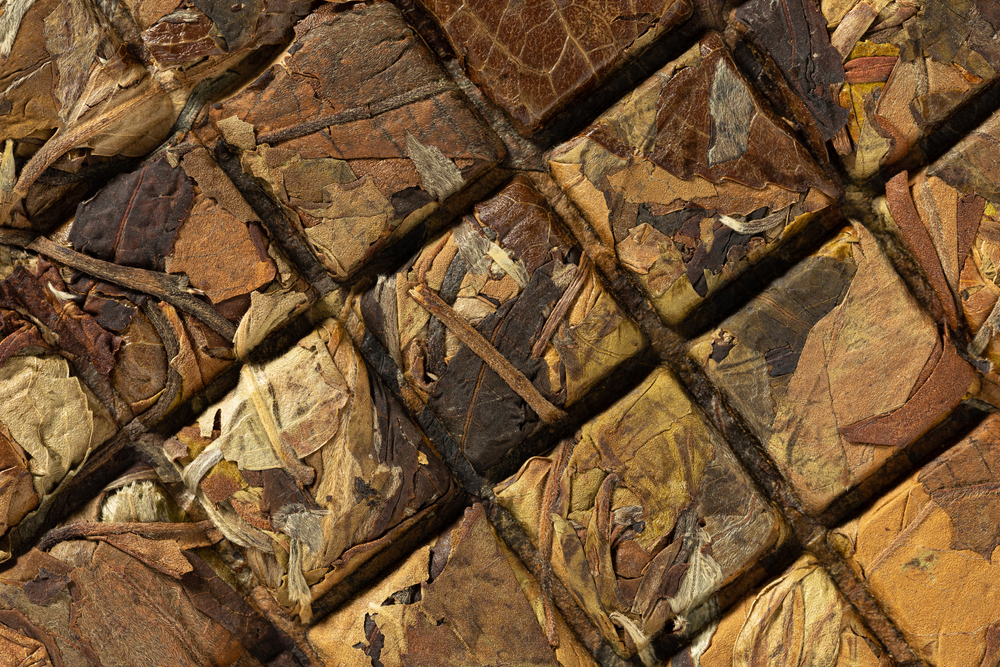
Tea bricks were a fascinating form of currency in ancient Asia, particularly in China, Tibet, and Mongolia. These compressed blocks of tea leaves were not only portable but also had intrinsic value as a commodity. In regions where both tea and a standard currency were scarce, these bricks provided a practical solution. They could be traded for goods or brewed into a comforting beverage, giving them a dual purpose that was rare in other forms of currency.
The quality and size of the tea bricks determined their value, with more compressed and flavorful bricks fetching higher prices. The ability to consume the currency added a unique element to trade—an edible currency that satisfied both economic and bodily needs. However, as coinage became more widespread, tea bricks’ role in trade diminished. Despite this, they remain a cultural icon, emblematic of a time when economy and sustenance were closely intertwined. Today, they serve as a charming reminder of the inventive past of human trade.
10. Human Skulls: A Grim Medium Of Exchange
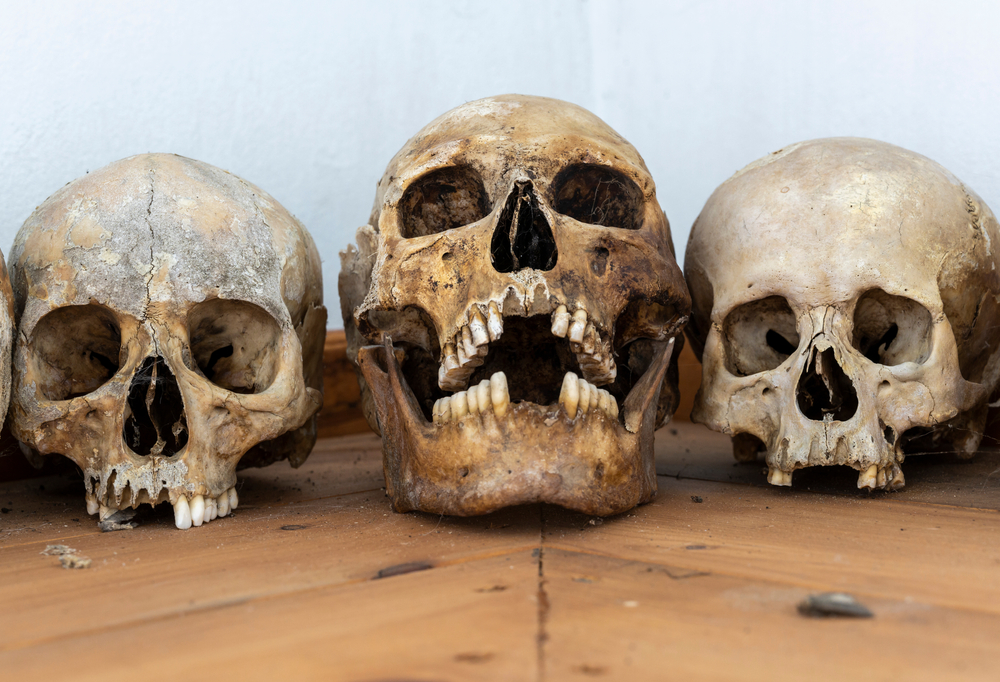
In the annals of history, human skulls have surfaced as one of the most macabre forms of currency. Tribes in Papua New Guinea once revered skulls as symbols of power and used them in trade. The skulls served as a means of settling debts, securing alliances, and demonstrating prowess. This unsettling form of currency was intertwined with the cultural practices of headhunting, where skulls represented both spiritual and economic value.
The use of skulls in trade highlighted the complex interplay between ritual and economics. While to outsiders, this might seem gruesome, within these societies, it was a practice rooted in tradition and respect for ancestors. Over time, external influences and changes in societal norms led to the decline of this form of trade. Today, this practice has largely disappeared, but it remains a testament to the diverse and sometimes dark history of human economic systems. This chilling currency reminds us of the varied ways people have assigned value throughout history.
11. Vodka: Liquid Gold In A Bottle

In rural Russia, vodka has long been more than just a drink; it’s been a currency. This potent spirit has served as a medium of exchange in areas where cash was scarce or unreliable. Vodka’s high demand and ease of production made it a valuable trade item. It was used to barter for goods, pay wages, and even settle disputes, acting as a liquid currency that could grease the wheels of commerce and social interaction.
The use of vodka as a currency is a reflection of its cultural significance and economic utility. Its production was often local, allowing communities to create their economic systems based on a product they could control. This local currency provided a buffer against economic instability, offering a reliable fallback when traditional currency systems faltered. Despite modernization, the cultural legacy of vodka as currency persists, symbolizing resilience and adaptability in the face of economic challenges. It’s a potent reminder of how necessity can create unusual economic solutions.
12. Giant Rocks: Trading Boulders For Goods

Trading giant rocks might sound preposterous, but for the people of the Solomon Islands, it was once a reality. These boulders, often weighing several tons, served as a cumbersome yet significant form of currency. Their value was based on size, rarity, and the effort involved in moving them, making them more of a communal asset than individual wealth. The stones were immovable, so ownership was determined by oral agreement, much like the Rai stones of Yap.
This unique form of currency highlighted the importance of community acknowledgment in economic transactions. The stones were more than just trade objects; they were symbols of social status and community heritage. Transactions involving these boulders required consensus and public record-keeping, adding a social dimension to trade. While the practice has faded with the introduction of modern currency, the legacy of these stones remains in their continued use as cultural symbols. They remind us of the diverse forms of value and currency that have existed throughout history.
13. Cattle Dung: The Unusual Currency Of Waste
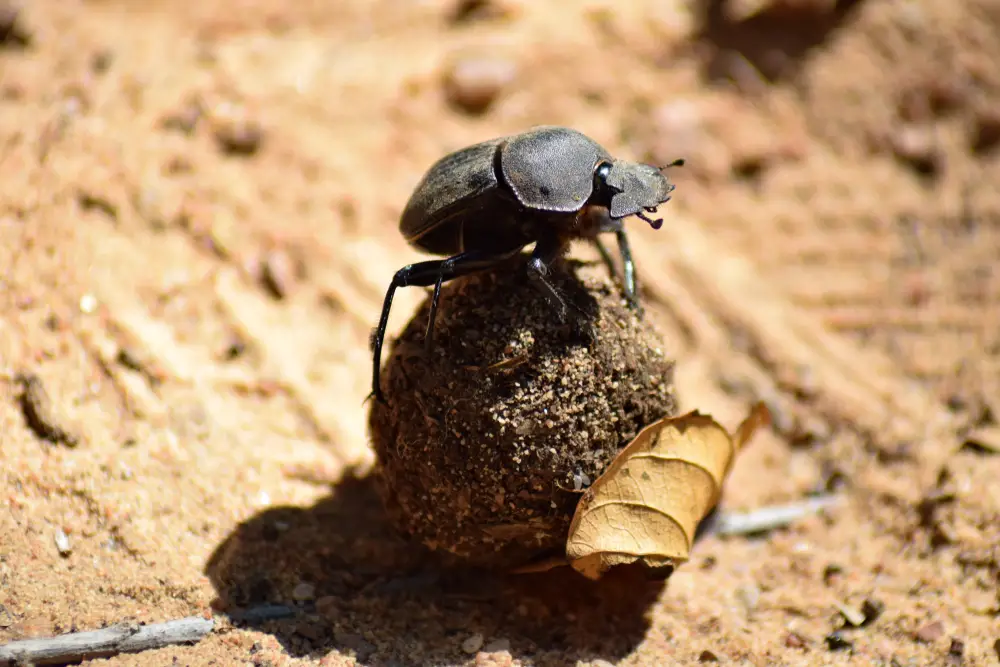
While it might seem strange, cattle dung has served as a form of currency in certain rural societies. In regions where agriculture dominates, this waste product holds significant value as fertilizer. Farmers have used it to barter for goods and services, effectively turning a common byproduct into a useful currency. The practice underscores the ingenuity of human trade systems, finding value in what others might see as waste.
Dung currency represents a practical approach to economics, rooted in sustainability and utility. By repurposing waste into a tradable commodity, these communities have created a circular economy that benefits both land and people. The use of dung as currency is a testament to the adaptability of economic systems to local resources and needs. Although not widespread, this practice demonstrates that the line between waste and wealth is often just a matter of perspective. It’s an earthy reminder that currency can be as varied as the cultures that create it.
This article is for informational purposes only and should not be construed as financial advice. Consult a financial professional before making investment or other financial decisions. The author and publisher make no warranties of any kind.







